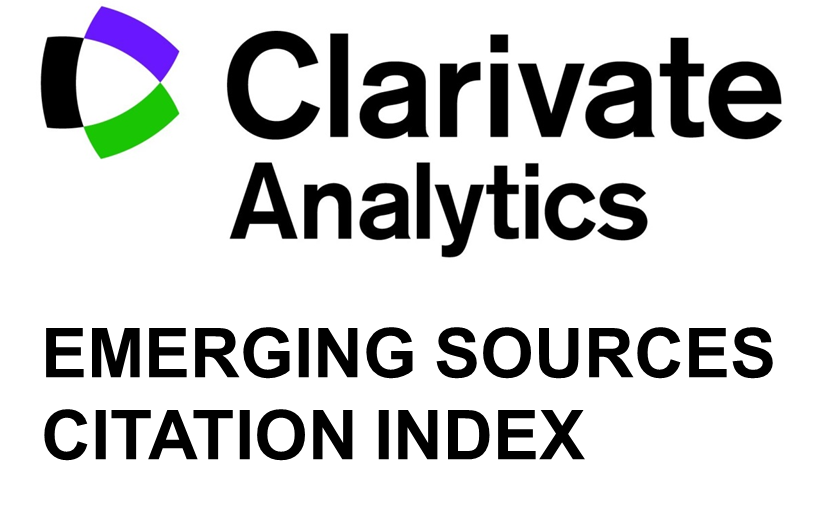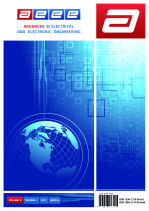A Novel Digital Background Calibration Technique for 16 bit SHA-less Multibit Pipelined ADC
Swina Narula, Munish Vashistha, Sujata Pandey
DOI: 10.15598/aeee.v14i5.1592
Abstract
In this paper, a high resolution of 16 bit and high speed of 125MS/s, multibit Pipelined ADC with digital background calibration is presented. In order to achieve low power, SHA-less front end is used with multibit stages. The first and second stages are used here as a 3.5 bit and the stages from third to seventh are of 2.5 bit and last stage is of 3-bit flash ADC. After bit alignment and truncation of total 19 bits, 16 bits are used as final digital output. To precise the remove linear gain error of the residue amplifier and capacitor mismatching error, a digital background calibration technique is used, which is a combination of signal dependent dithering (SDD) and butterfly shuffler. To improve settling time of residue amplifier, a special circuit of voltage separation is used. With the proposed digital background calibration technique, the spurious-free dynamic range (SFDR) has been improved to 97.74 dB @30 MHz and 88.9 dB @150 MHz, and the signal-to-noise and distortion ratio (SNDR) has been improved to 79.77 dB @ 30 MHz, and 73.5 dB @ 150 MHz. The implementation of the Pipelined ADC has been completed with technology parameters of 0.18μm CMOS process with 1.8 V supply. Total power consumption is 300 mW by the proposed ADC.






















